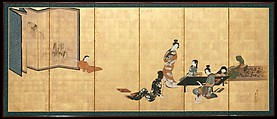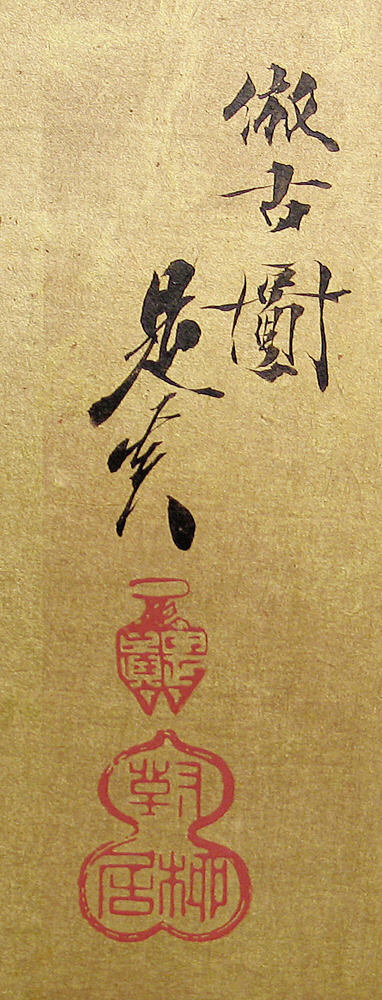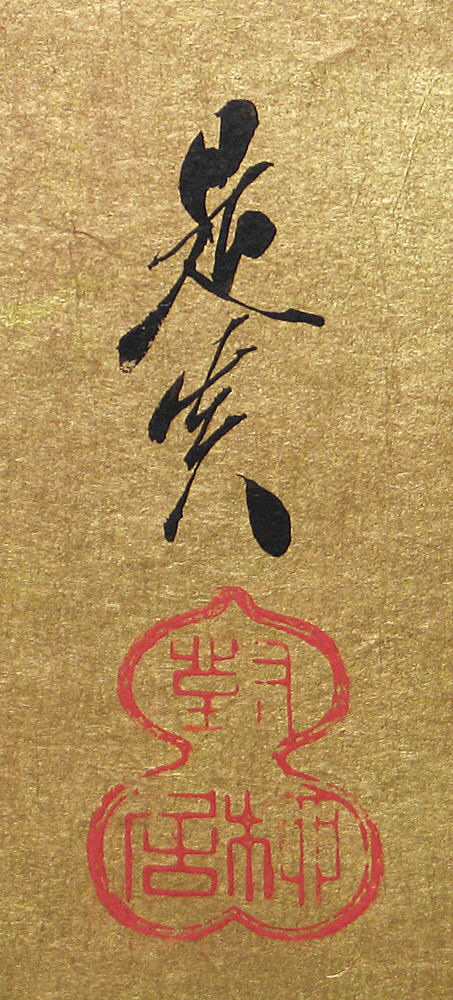Parody of the Four Accomplishments
Shibata Zeshin Japanese
Not on view
This painting is inspired by one of the most celebrated works of Japanese genre painting: a work known as the Hikone Screen. Illustrated here are the “Four Accomplishments” necessary for well-cultivated gentlemen in ancient China—the musical instrument qin (Japanese: koto), the board game weiqi (Japanese: go), calligraphy, and painting. The Four Accomplishments were a favored painting subject beginning in the Muromachi period (1392–1573) but here appears as a parody—for instance, writing a love letter (or poems) instead of calligraphy.
Zeshin’s reinterpretation, more than two centuries after the original, reconstructs some of the mysterious feel of the Hikone Screen by arranging meaningful-looking figures engaged in various pursuits within the same space. Nevertheless, the eye-pleasing impression has been attained by a careful compositional arrangement in which elements are ordered in a pyramid-like shape toward the center, and by the use of a variety of colors, from vivid to subtle, contrasting with the plain gold background. A few versions of this screen by Zeshin exist, each with distinct variations of the figures and setting.
Due to rights restrictions, this image cannot be enlarged, viewed at full screen, or downloaded.
This artwork is meant to be viewed from right to left. Scroll left to view more.





